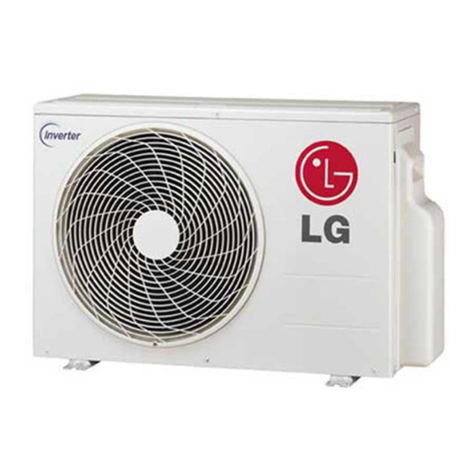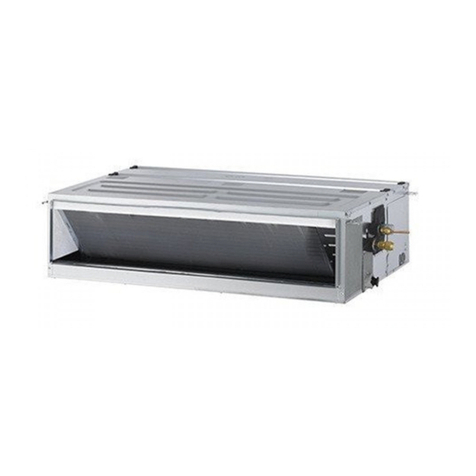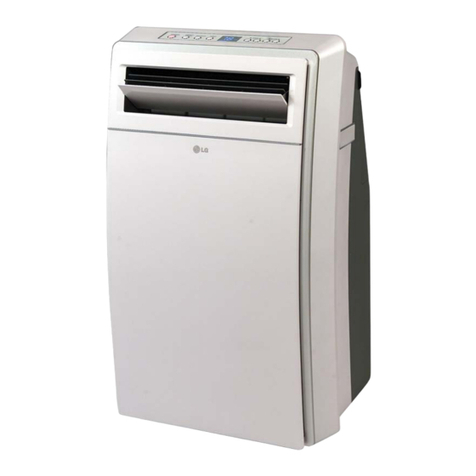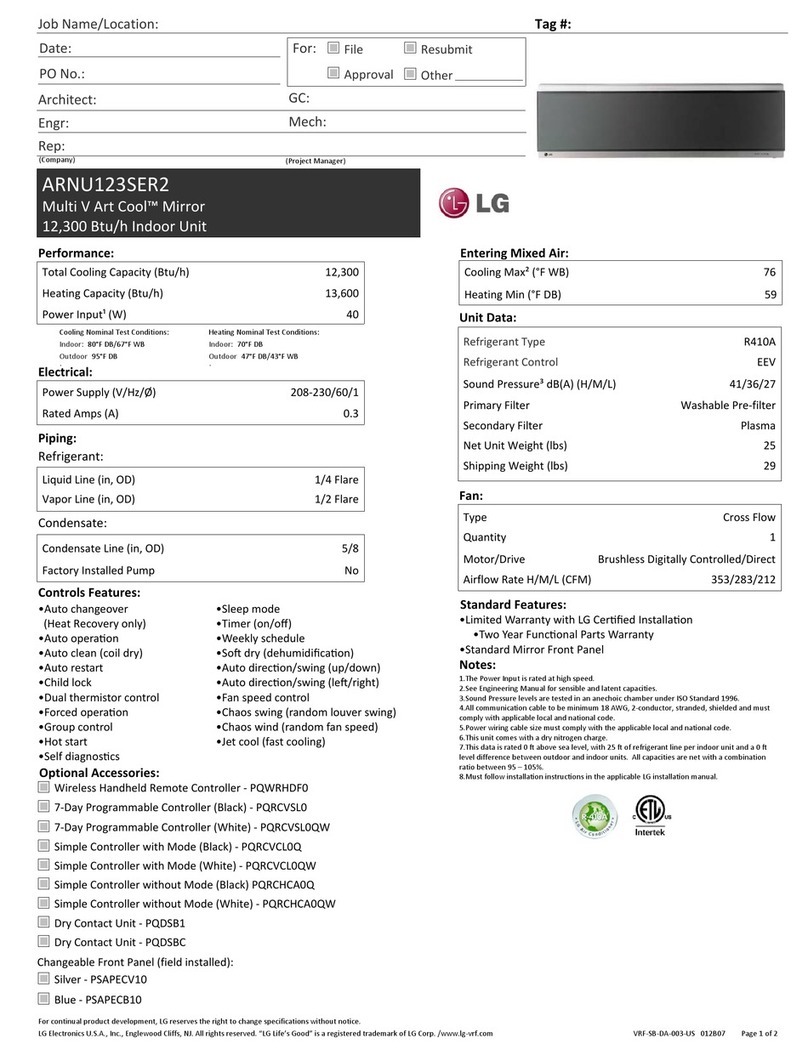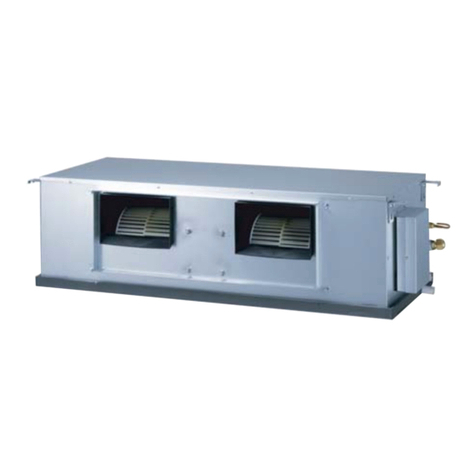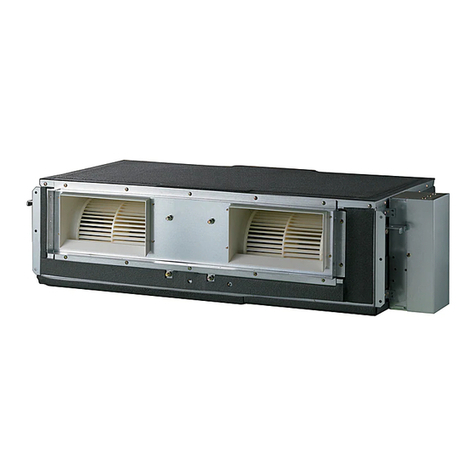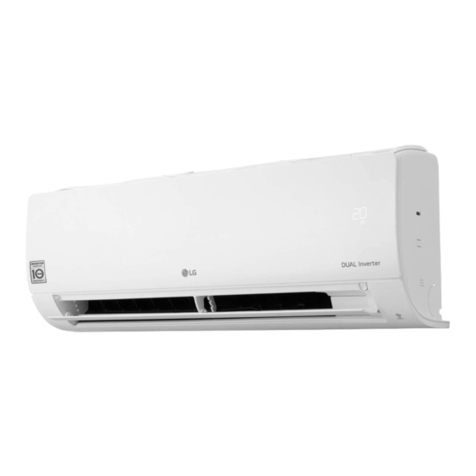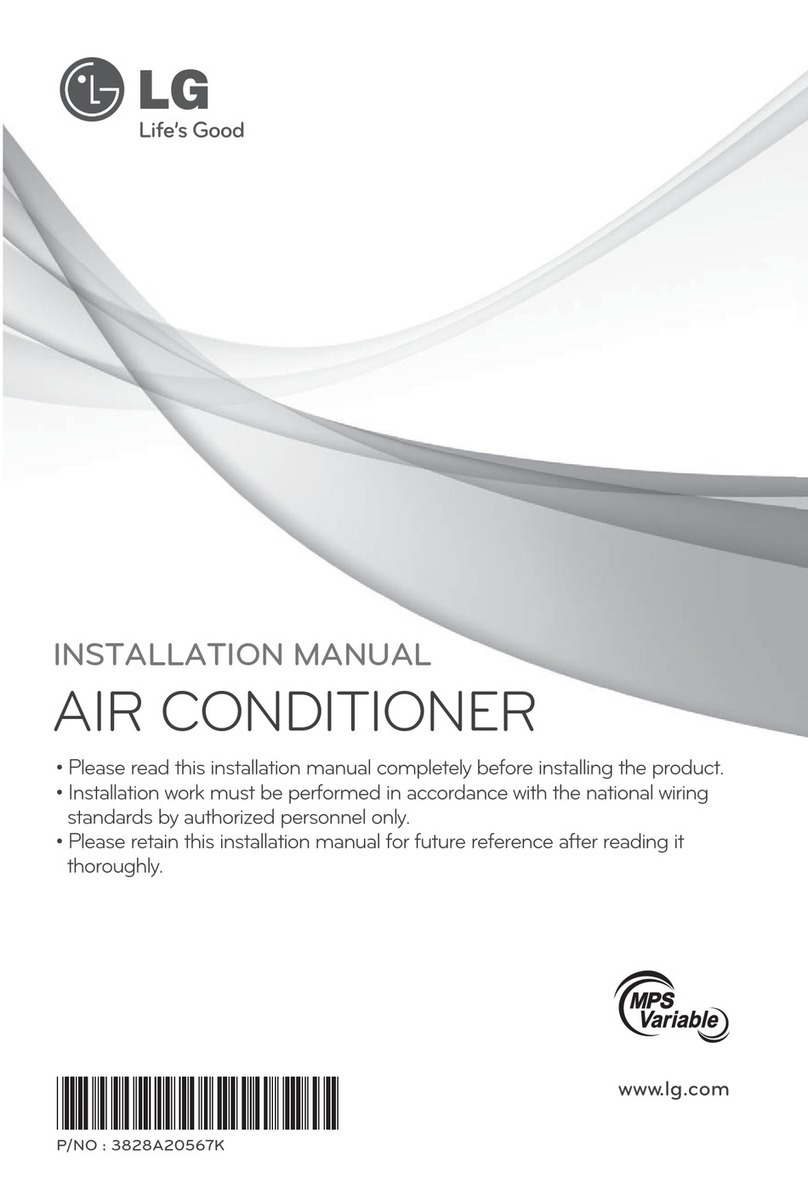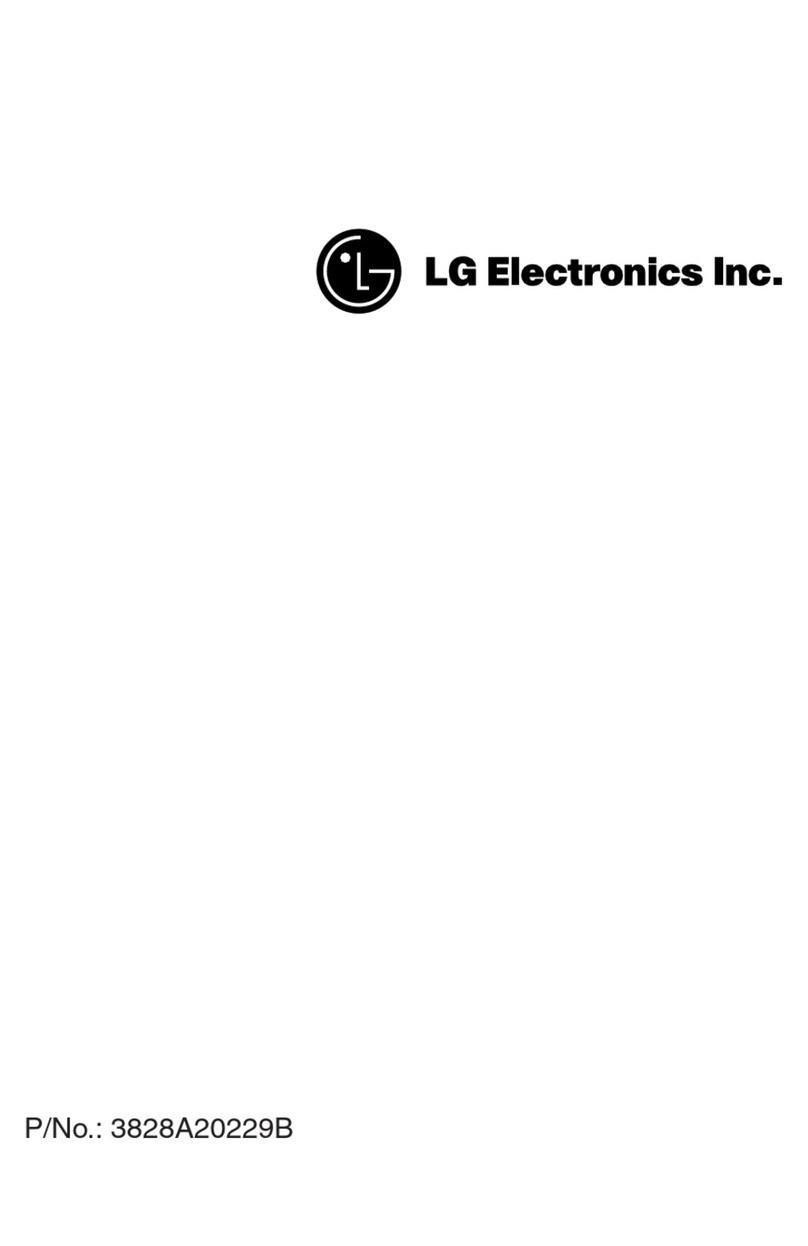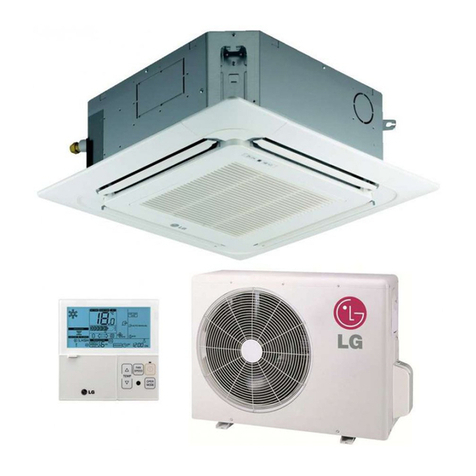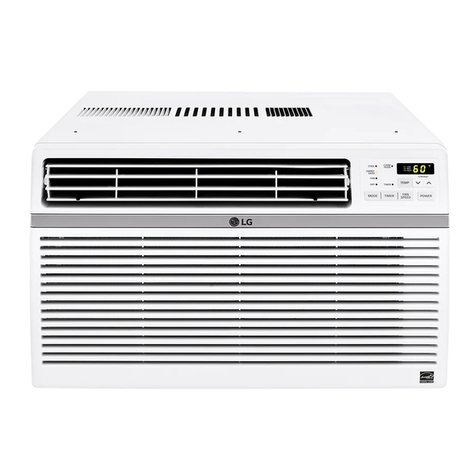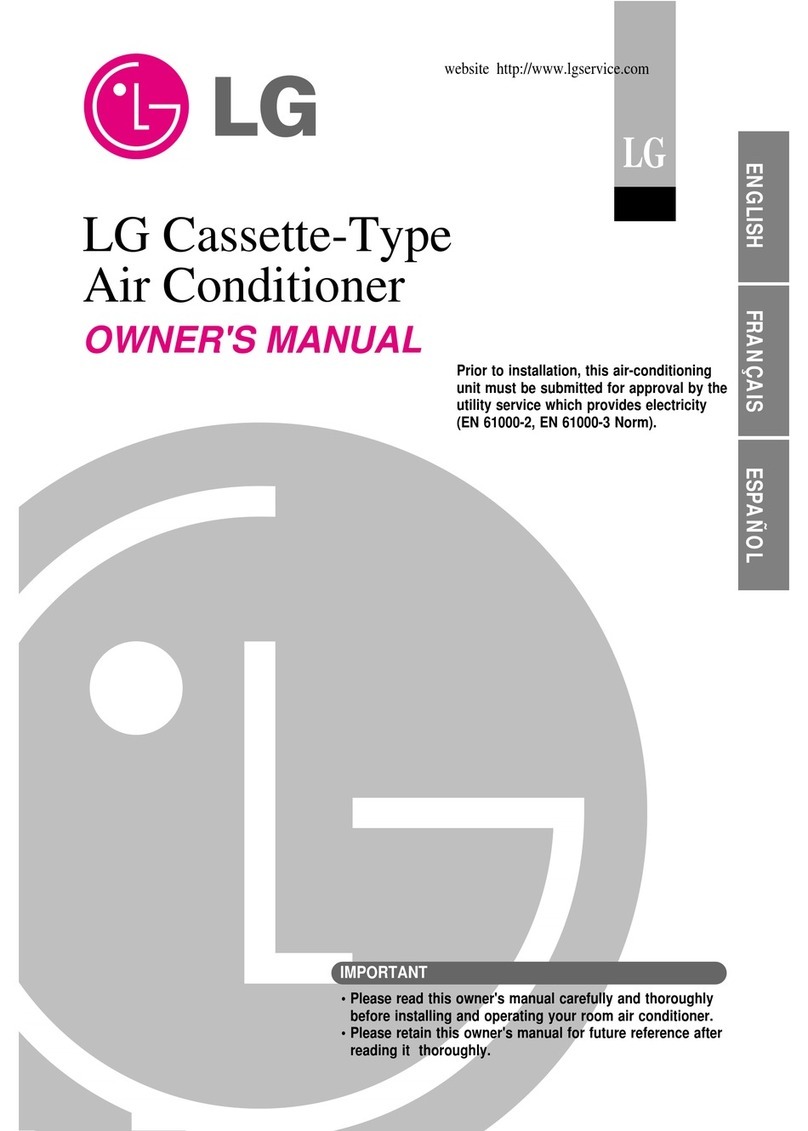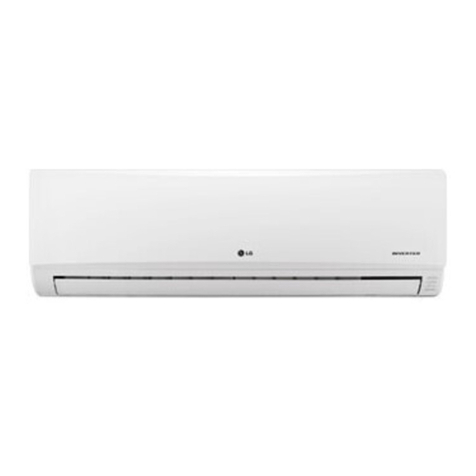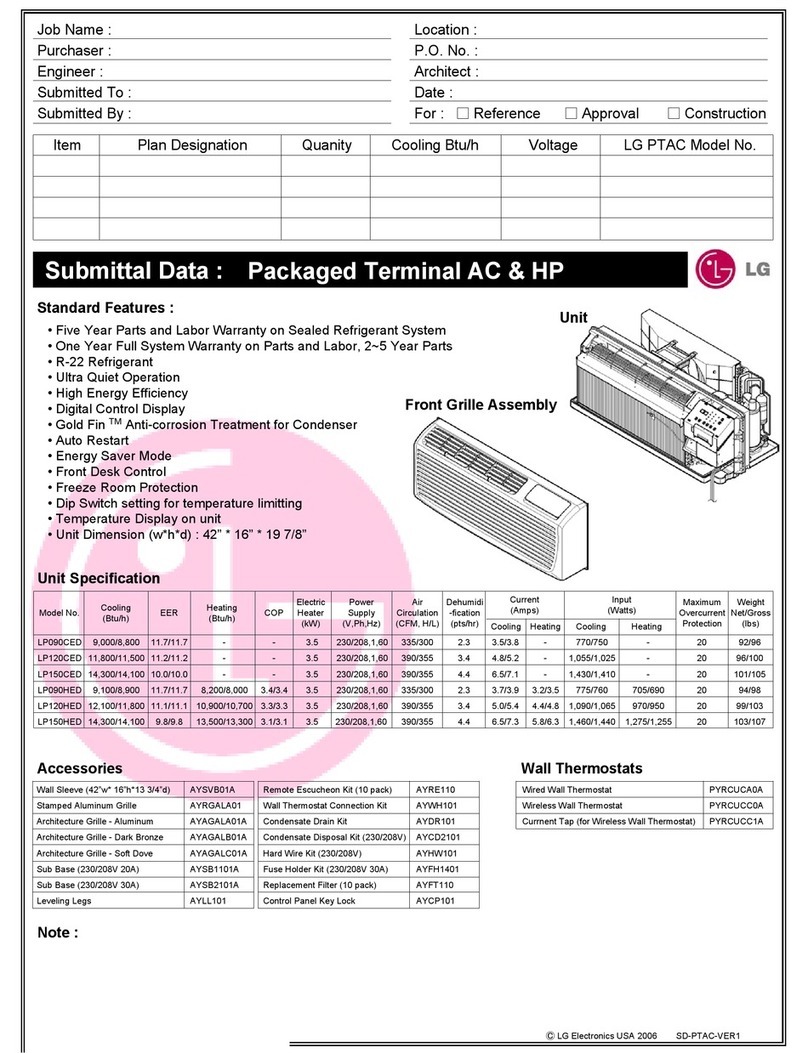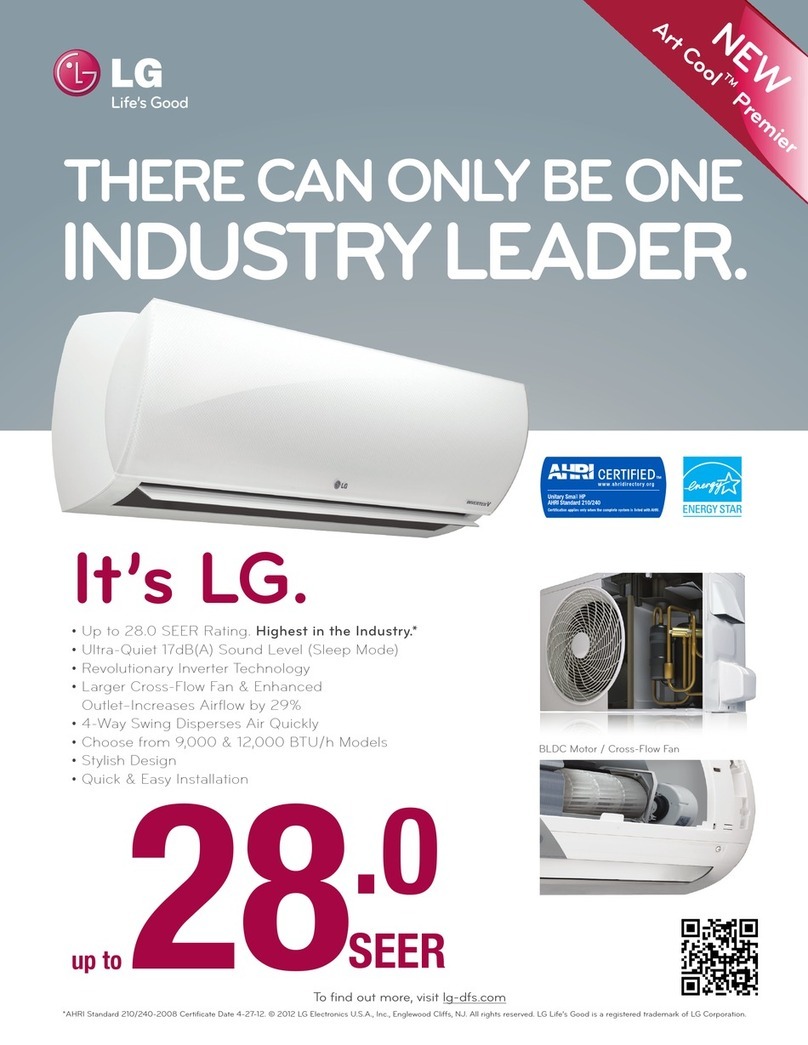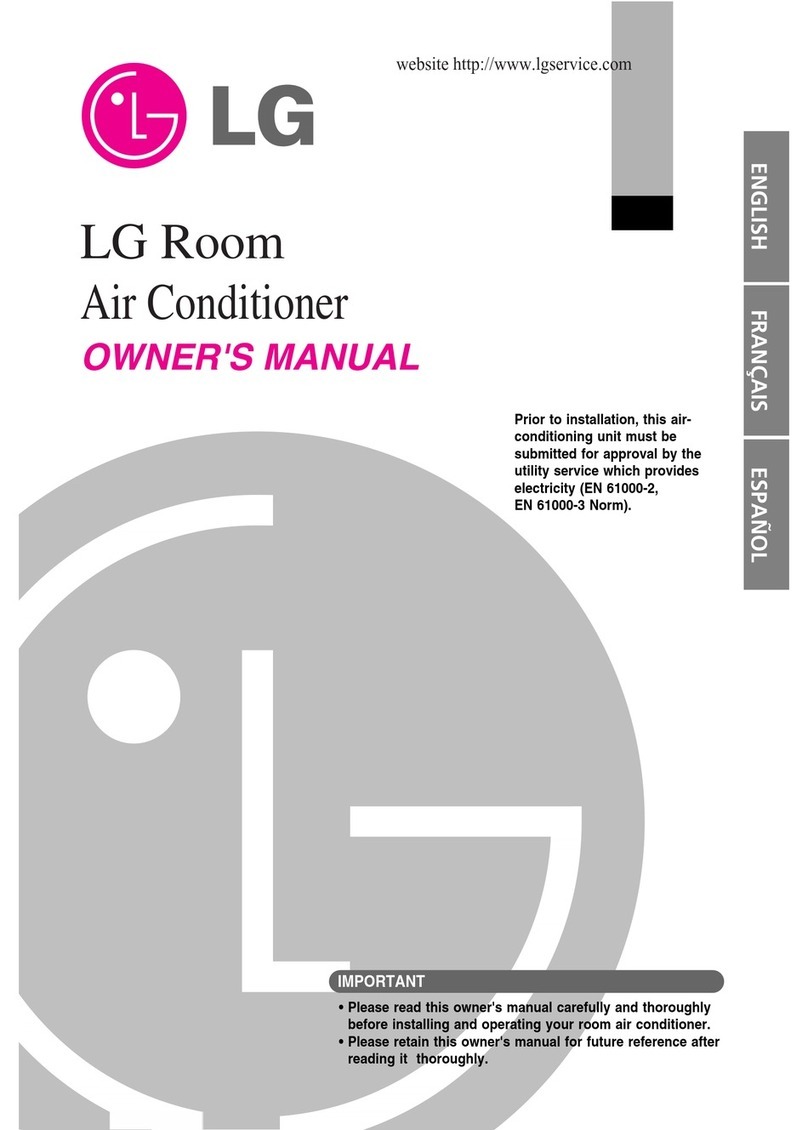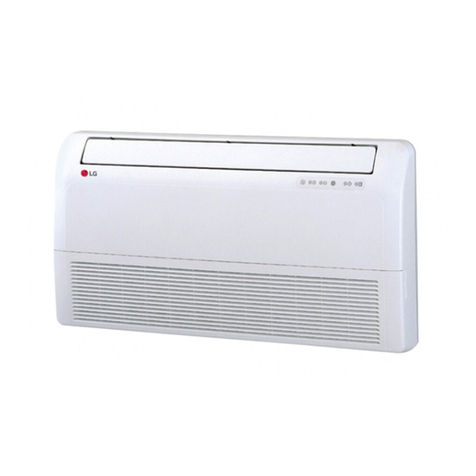
8
ENGLISH
• Repairs to sealed components
During repairs to sealed components, all
electrical supplies shall be disconnected from
the equipment being worked upon prior to
any removal of sealed covers, etc.
If it is absolutely necessary to have an
electrical supply to equipment during
servicing, then a permanently operating form
of leak detection shall be located at the most
critical point to warn of a potentially
hazardous situation.
Particular attention shall be paid to the
following to ensure that by working on
electrical components, the casing is not
altered in such a way that the level of
protection is affected.
This shall include damage to cables,
excessive number of connections, terminals
not made to original specification, damage to
seals, incorrect fitting of glands, etc.
Ensure that apparatus is mounted securely.
Ensure that seals or sealing materials have
not degraded such that they no longer serve
the purpose of preventing the ingress of
flammable atmospheres.
Replacement parts shall be in accordance
with the manufacturer’s specifications.
• Repair to intrinsically safe components
Do not apply any permanent inductive or
capacitance loads to the circuit without
ensuring that this will not exceed the
permissible voltage and current permitted for
the equipment in use.
Intrinsically safe components are the only
types that can be worked on while live in the
presence of a flammable atmosphere.
The test apparatus shall be at the correct
rating. Replace components only with parts
specified by the manufacturer.
Other parts may result in the ignition of
refrigerant in the atmosphere from a leak.
NOTE: The use of silicon sealant can inhibit
the effectiveness of some types of
leak detection equipment. Intrinsically
safe components do not have to be
isolated prior to working on them.
• Decommissioning
Before carrying out this procedure, it is
essential that the technician is completely
familiar with the equipment and all its detail.
It is recommended good practice that all
refrigerants are recovered safely.
Prior to the task being carried out, an oil and
refrigerant sample shall be taken in case
analysis is required prior to re-use of
recovered refrigerant. It is essential that
electrical power is available before the task is
commenced.
a) Become familiar with the equipment and
its operation.
b) Isolate system electrically.
c) Before attempting the procedure ensure
that:
- Mechanical handling equipment is
available, if required, for handling
refrigerant cylinders
- All personal protective equipment is
available and being used correctly
- The recovery process is supervised at all
times by a competent person
- Recovery equipment and cylinders
conform to the appropriate standards.
d) Pump down refrigerant system, if possible.
e) If a vacuum is not possible, make a
manifold so that refrigerant can be
removed from various parts of the system.
f) Make sure that cylinder is situated on the
scales before recovery takes place.
g) Start the recovery machine and operate in
accordance with manufacturer's
instructions.
h) Do not overfill cylinders. (No more than
80 % volume liquid charge).
i) Do not exceed the maximum working
pressure of the cylinder, even temporarily.
j) When the cylinders have been filled
correctly and the process completed, make
sure that the cylinders and the equipment
are removed from site promptly and all
isolation valves on the equipment are
closed off.
k) Recovered refrigerant shall not be charged
into another refrigerating system unless it
has been cleaned and checked.






